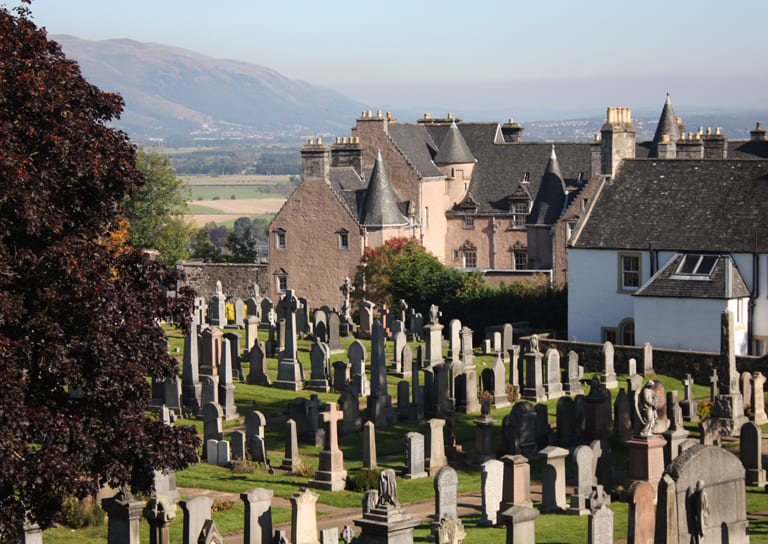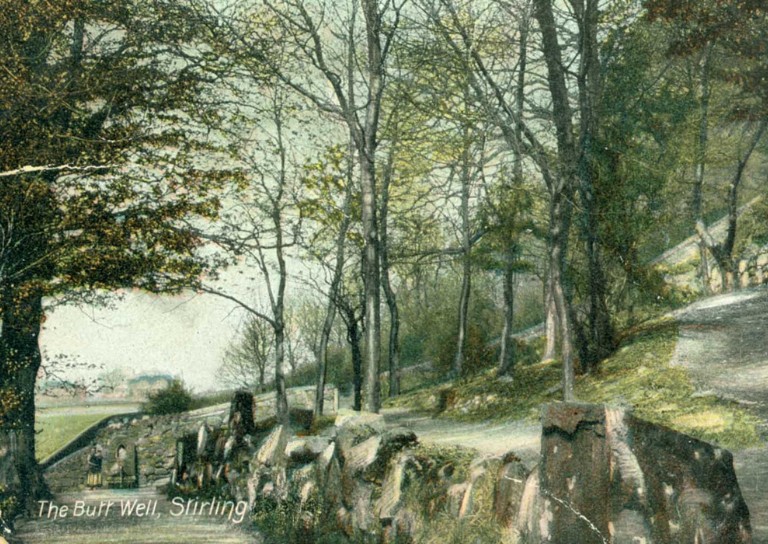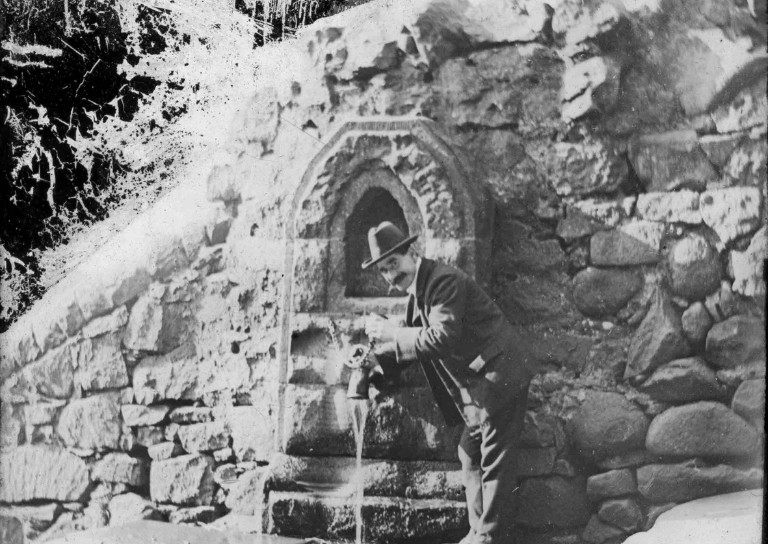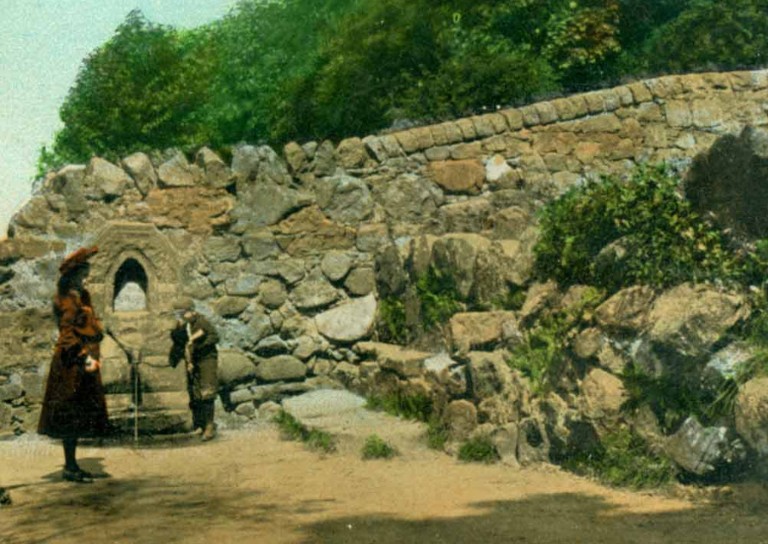- Home
- Our Work

- Stirling's Story

- Blog
- Retrofitting Traditional Buildings: Chimneys

- SCHT 20: Championing Women in Construction
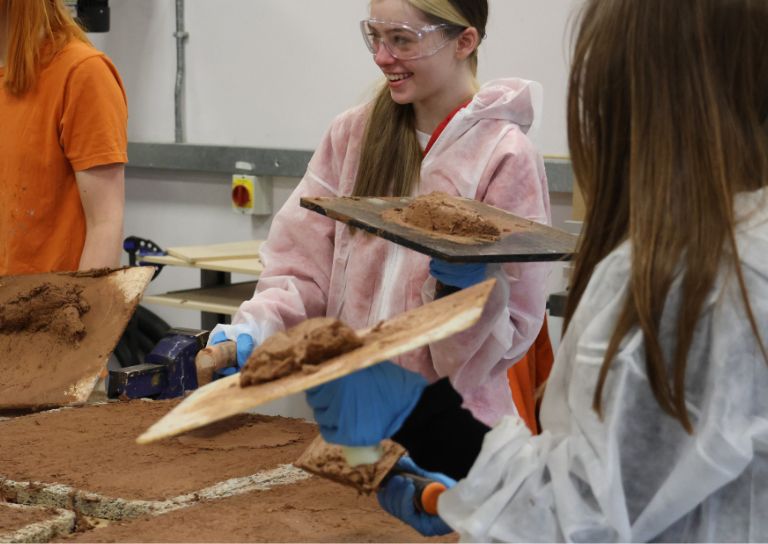
- Stirling's Lost Swimming Pools
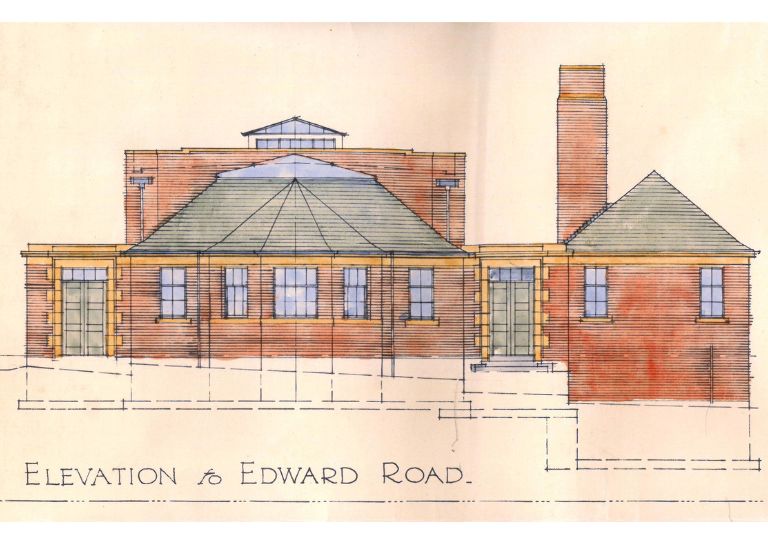
- Women in Construction at Bannockburn House
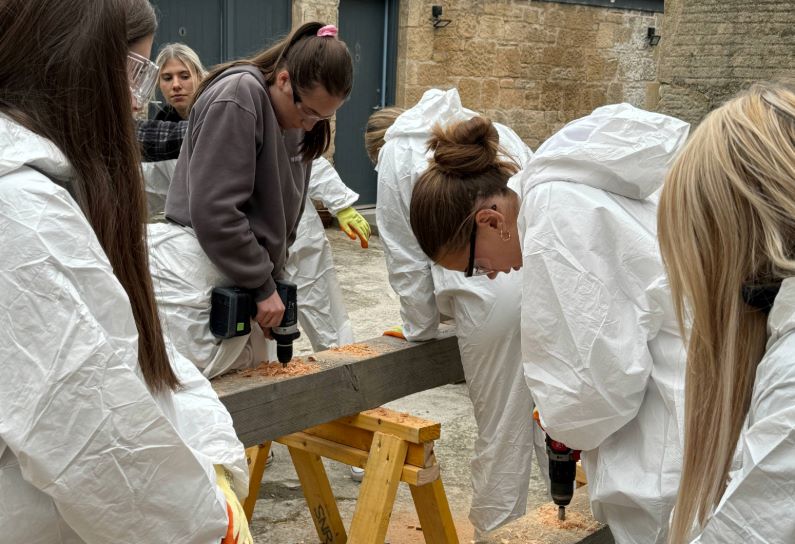
- Avenues to the Past: Stirling’s Historic Streets Exhibition

- Statement on Langgarth House

- Guest Blog: Dementia Friendly Heritage Interpretation

- SCHT Grant Conditions: Owners Associations
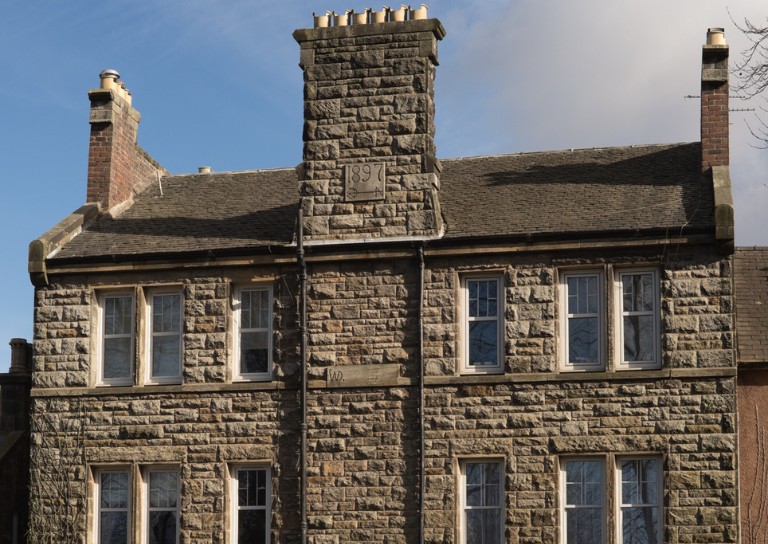
- Stirling Business Awards 2025

- What is a Conservation Area
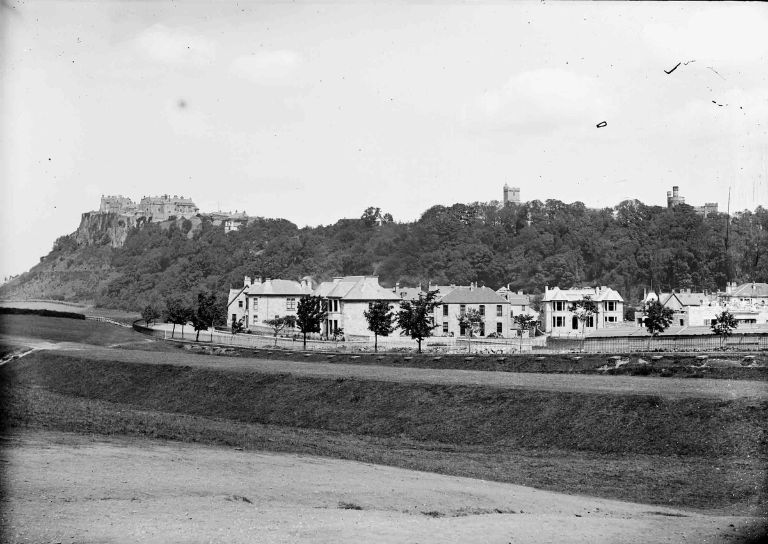
- 20 Great Buildings of Stirling

- World Heritage Day: Exploring Hayford Mill

- Community Consultation launched for Stirling’s Heritage Strategy
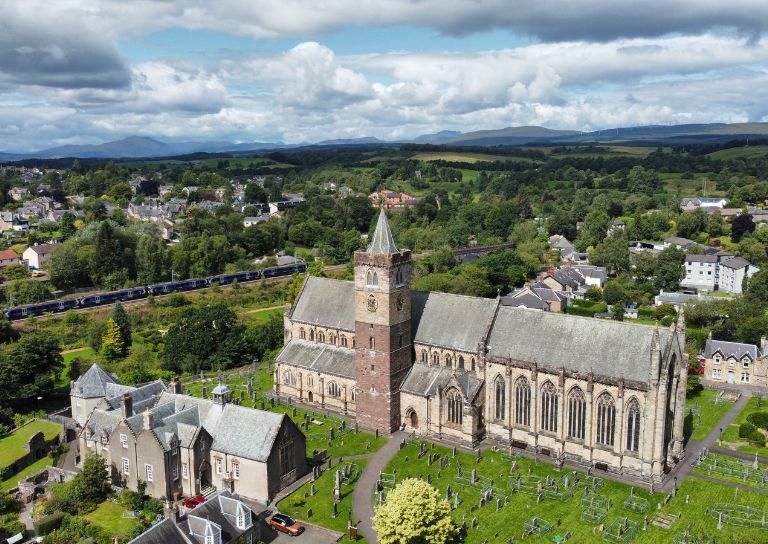
- SVE Inspire Awards September 2024

- Reminiscence Art Project
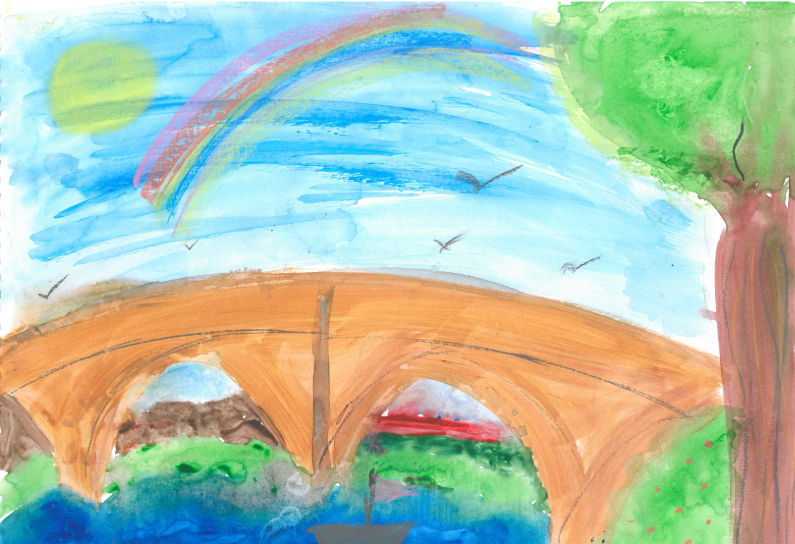
- On the European Stage: Preserving by Maintaining conference, Bratislava

- The Abolition Movement in Stirling

- Retrofitting Traditional Buildings: Climatic Adaptation
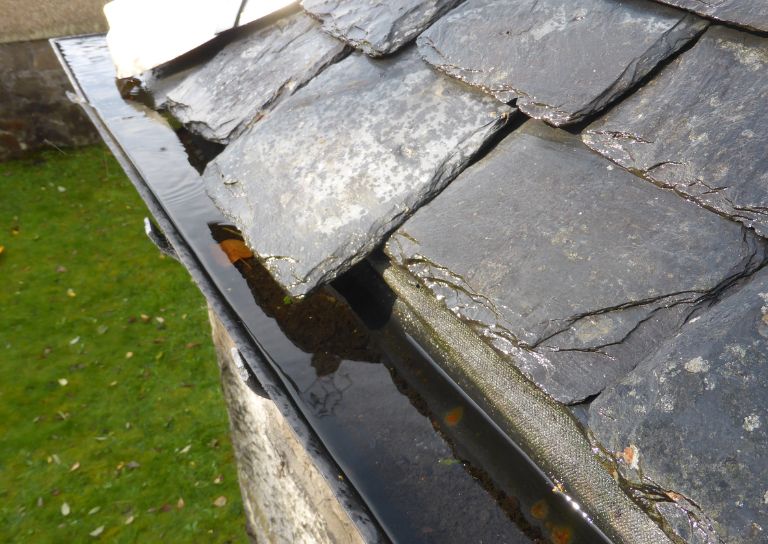
- Kings, Wolves and Drones: 20 years of care and repair at Stirling City Heritage Trust

- Practical Workshop on Retrofitting Insulation with A. Proctor Group
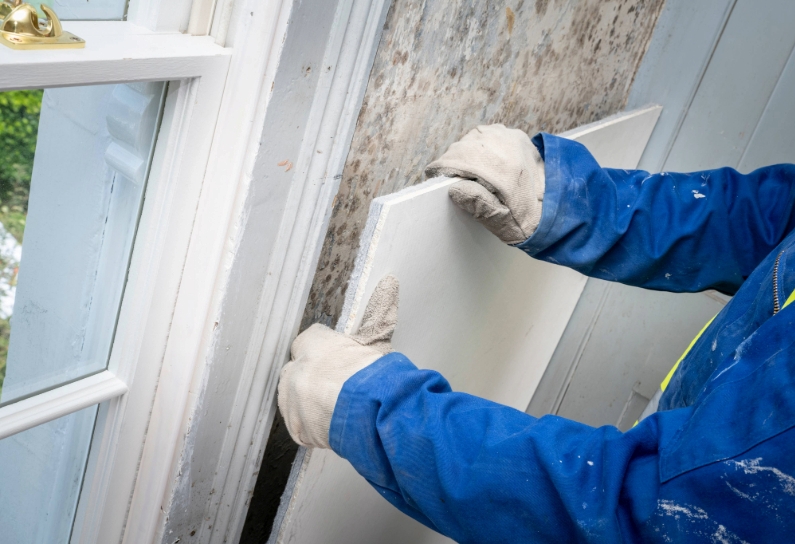
- Marking the 80th anniversary of VE Day
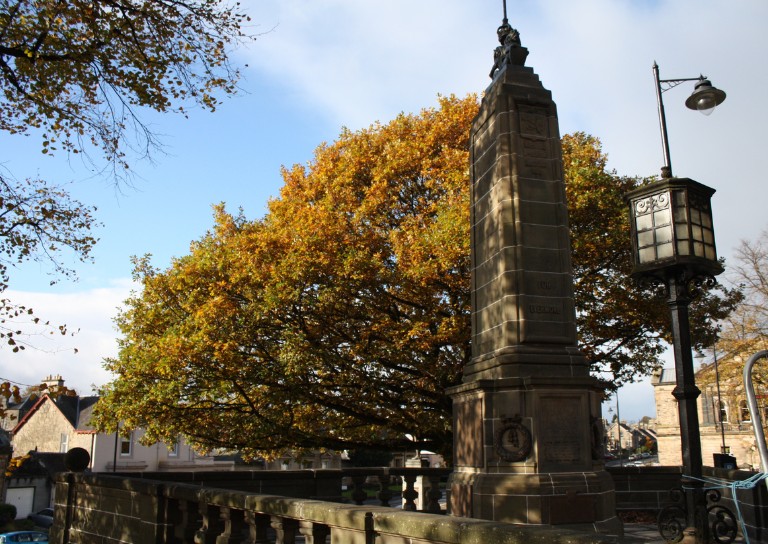
- Walker Family Visit

- Supporting traditional building repair in Stirling
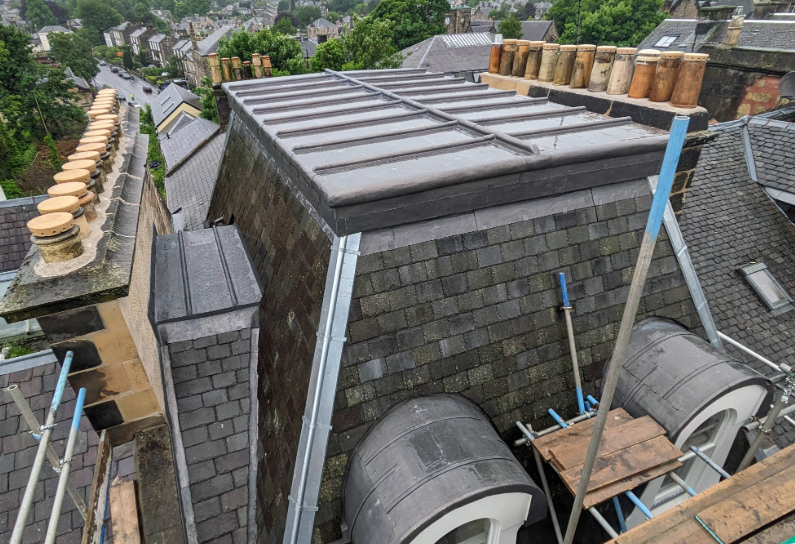
- Ghost Tales from Stirling

- Snowdon House and The West Indies

- Stirling’s Streetscape Stories: Photography Workshop

- Stirlingshire’s Highland Games

- Creative careers in the heritage sector

- Postcards From Stirling

- Stirling’s Gala Days

- Building Surveying Student Intern at Stirling City Heritage Trust

- Heritage Trail: Stirling Walks

- Local History Resources

- Stirling Through the Decades

- Stirling’s STEM Pioneers

- Traditional Skills: Signwriting

- Christian MacLagan, a pioneering lady, but born too soon?

- Traditional Shopfronts in Stirling

- Stirling History Books for World Book Day

- My Favourite John Allan Building by Joe Hall

- My Favourite John Allan Building by Lindsay Lennie

- My Favourite John Allan Building by Andy McEwan

- My Favourite John Allan Building by Pam McNicol

- Celebrating John Allan: A Man of Original Ideas

- The Tale of the Stirling Wolf

- Stirling: city of culture

- Christmases Past in Stirling

- Stirling’s Historic Graveyards

- Top 10 Tips for Architectural Photography

- An Interview with David Galletly

- Springtime in Stirling

- The Kings Knot – a history

- A Future in Traditional Skills

- Robert Burns’ First Trip to Stirling

- Stirling’s Witches

- Stirling’s Ancient Wells

- An architecture student’s take on the City Of Stirling

- Ronald Walker: Stirling’s Architect

- Stirling’s Statues

- Stirling’s Wee Bungalow Shops

- Stirling’s Historic Hospitals

- Women in Digital Innovation and Construction

- Heritage at home: 8 of the best online heritage resources

- Stirling featured at virtual heritage conference

- Five of Stirling’s greatest John Allan buildings

- Women in Construction – Stirling event report

- Scotland’s trailblazing women architects

- Stirling’s Heritage: Spotlight on The Granary

- TBHC Scheme now open to properties in Dunblane and Blairlogie

- How drones help us inspect traditional buildings

- Hazardous Masonry & Masonry Falls

- Mason Bees: What’s the Buzz?

- Stirling Traditional Skills Demonstration Day Success!

- Floating Head Sculpture at Garden Glasgow Festival 1988

- The story behind Paisley Abbey’s Alien gargoyle

- Cambuskenneth Abbey

- Stirling City Heritage Trust Publications

- Sharing Memories: Taking '20 Great Buildings of Stirling' into the community

- William Wallace Statues In Stirling

- Coronations and Royal Christenings in Stirling

- The development of King's Park

- Energy efficiency project awarded grant from Shared Prosperity Fund

- Inspiring the Future: Stirling City Heritage Trust's Women in Construction Event at Wallace High

- Doors Open Days Talk: Who Built Stirling?

- 10 Years of the Traditional Buildings Health Check

- Growing up in Stirling: A Night of Reminiscence at The Smith

- SCHT visit to Brucefield Estate, Forestmill, Clackmannanshire

- Statement on Christie Clock

- Stirling’s Lost Skating Heritage

- Laurelhill House and the West Indies

- Beechwood House and the Transatlantic Slave Trade

- Retrofitting Traditional Buildings

- Building Resilience: Maintaining Traditional Buildings

- Shopping Arcades

- Retrofitting Traditional Buildings: Fabric First

- Stirling Reminiscence Box

- Level 3 Award in Energy Efficiency for Older and Traditional Buildings Retrofit Course (2 Day)

- New Retrofit Service now available for Traditional Buildings Health Check Members

- Retrofitting Traditional Buildings: Windows

- Architects and The Thistle Property Trust

- Retrofitting Traditional Buildings: Insulation

- Stirling City Heritage Trust at 20

- Miss Curror and the Thistle Property Trust

- Retrofitting Traditional Buildings: Chimneys
- About Us

- Support Us

- Contact

Stirling’s Ancient Wells

Even after Christianity reached Scotland the link between these water sources and their healing properties could not be broken. Instead the church linked healing wells with Christian saints, rather than pagan deities, but the people that used these holy wells and streams could still be looked on with suspicion, as they became associated with folk magic and witchcraft. ‘Clootie wells’ tradition can still be found across Scotland; in the pre-Christian period votive offerings would be placed in the water source, this practice still continues and fabric scraps belonging to an ill individual can still be dipped in the waters and then tied to a nearby tree. As the cloth rotted on the tree, the illness would be cured.
St Ninian’s Well
Stirling’s St Ninians’s Well is a perfect example of a holy well, and it is also a scheduled monument. Located in Wellgreen Place, this unassuming stone structure has a fascinating history. Built after 1737 when the burgh decided that ‘it was very necessary that a common washing house be built at St Ninian’s Well for the use of the inhabitants’. In 1845 the ‘New Statistical Account’ described the well and building which protects it:
The building erected over St Ninian’s Well comprises two chambers. The lower, which has roughly dressed vaulting, measures 16′ by 11′ and has a square recess where the spring rises. The room above is the same size, and is divided by timber partitions to form a dwelling-house. It is rough-cast externally. At present the wall is used for domestic washing.
In 1883 J.R Walker, an Antiquarian, confirms the well is still being used as a wash house:
At present the well is used for washing purposes, and must have been so for a considerable length of time,… The vault inside is roughly dressed, very little labour seemingly having been bestowed upon it.
As Wellgreen was traditionally used as a drying green when most people didn’t have access to clean running water the well would have been a great resource for the community. The Trust will be conducting a condition survey of this interesting little building for Stirling Council this winter, and we are eager to learn more about St Ninian’s well, so if you or a relative has a story to share please get in touch!
The Butt Well
On the Back Walk in Stirling you can find the remains Butt Well, the tap is still there, but it’s no longer connected to a water source. According to Elspeth King’s ‘Old Stirling’:
The well was last used by the homeless squatters who occupied the Nissen Huts in the area in the years after the Second World War.
Originally known as the Spout Well as far back as 1582, the well’s current name comes from the archery practice and archery butts which used to be nearby. There’s no evidence that it was a Holy Well or Spring, although this natural spring was no doubt very welcome to thirsty archers honing their skills, as well as children who would later play on the ‘cup and saucer’ or King’s Knot.
Whin Well
Paul Bennet, otherwise known as the Northern Antiquarian, has conducted research into this well site which now gives its name to Whinwell Road. Bennet believes that:
Although the folklore of the site has seemingly been forgotten, it may be that the waters here had medicinal qualities akin to those given by the plant – i.e., jaundice, intestinal problems and to strengthen the heart.
The problem with social and economic history of this age, and especially the history of folk magic and oral traditions, is that they often vanish from the historical record. They are intangible heritage, and the street names and structures that remain can only hint at the importance these places had to the people of Stirling for many hundreds of years.









